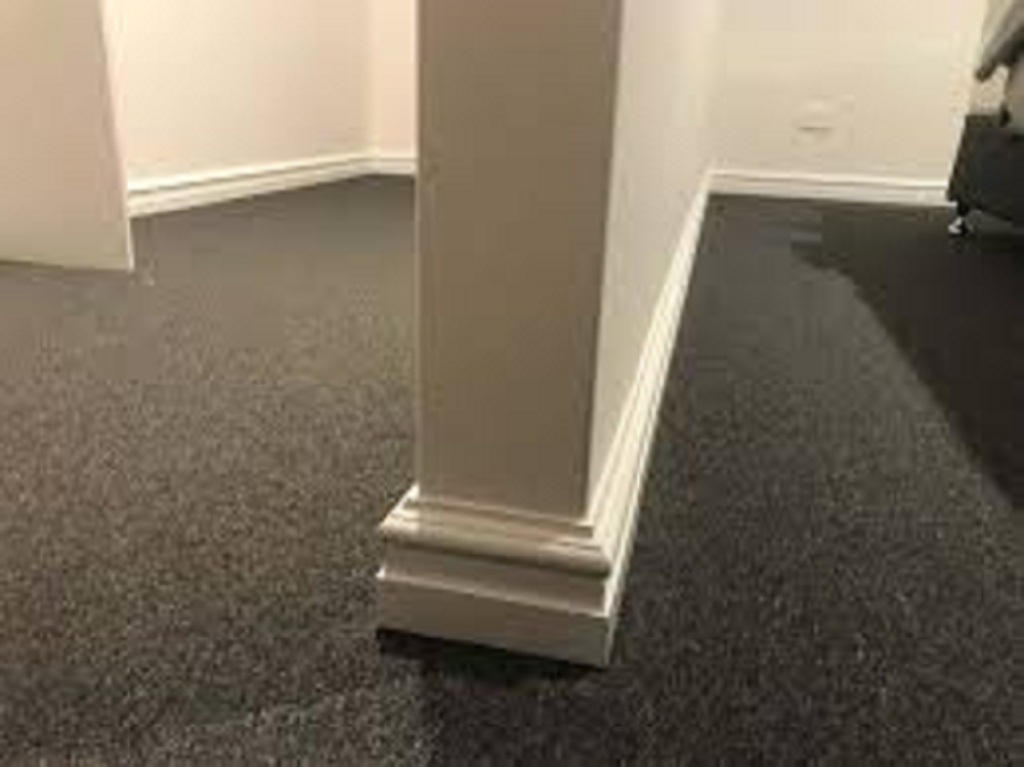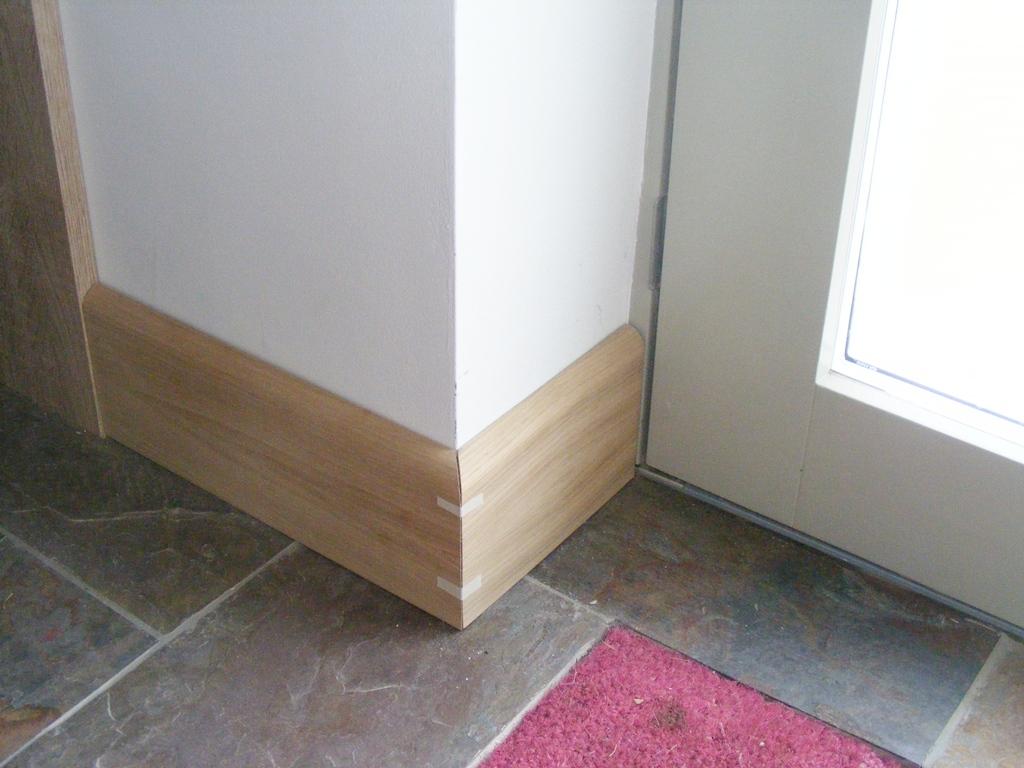Rising from the desert to pierce the heavens, the Burj Khalifa is more than an architectural marvel; it is a testament to the possibility of sustainable ambition. As the world’s tallest building, its immense scale presents a unique challenge: the potential for colossal energy consumption. However, through a suite of innovative and integrated design strategies, the Burj Khalifa stands as a beacon of high-performance, sustainable engineering, dramatically reducing its environmental footprint and setting a new standard for supertall towers.

The cornerstone of the tower’s efficiency is its sophisticated exterior cladding system. The entire façade is composed of high-performance, double-glazed insulated glass and anti-reflective coatings. This system is designed to mitigate the intense solar heat gain from the Dubai sun, which is a primary driver of air conditioning demand. By reflecting a significant portion of the solar radiation, the building’s cooling load is substantially reduced. Furthermore, the cladding is exceptionally airtight, preventing the infiltration of hot, humid desert air and further enhancing the efficiency of the climate control systems.
Complementing the intelligent façade is the tower’s unique “Y”-shaped tripartite floor plan. This design is not merely aesthetic; it is fundamentally aerodynamic. Its purpose is to confuse the wind, preventing the formation of powerful vortices that can cause swaying in tall structures. This design eliminates the need for a traditional tuned mass damper, which consumes energy. More importantly, the shape reduces wind forces on the building, allowing for a lighter and more material-efficient structural design. This is a crucial, often overlooked, aspect of sustainability: embodied energy. By using less steel and concrete, the Burj reduced the carbon footprint of its construction phase significantly.
Water, a precious resource in the UAE, is conserved through a comprehensive condensate recovery system. The extreme humidity of Dubai’s air is condensed by the building’s powerful cooling apparatus. Rather than wasting this byproduct, the Burj Khalifa collects an estimated 15 million gallons of this high-quality distilled water annually. This water is then used for irrigation of the tower’s surrounding parks and landscape, as well as for the cooling tower system itself, drastically reducing the demand for municipal potable water for non-potable uses.
Energy recovery is another critical pillar of the tower’s strategy. The building management system incorporates heat recovery wheels within its air handling units. These devices capture energy from the exhaust air (which is already cooled) and use it to pre-cool the incoming fresh air. This process lessens the burden on the chillers, leading to direct energy savings. The tower’s district cooling system is also a model of efficiency. Instead of individual AC units, the building is cooled by chilled water delivered from a central plant, a method far more effective for large-scale applications.
Internal systems are meticulously calibrated for minimal waste. High-efficiency fixtures and low-flow water fittings reduce consumption within the residential and commercial spaces. Motion sensors and automated controls ensure that lighting and HVAC are only active when and where needed. Even the elevators, a necessity in a 160+ story building, contribute to savings. The Burj utilizes destination dispatch control systems to group passengers efficiently and regenerative drives that capture energy during descent and braking, feeding it back into the building’s power grid.
Understanding the BEST TIME TO VISIT the Burj Khalifa can also enhance one’s appreciation for its environmental performance. During the milder winter months, the reduced ambient temperature means the building’s cooling systems operate under less strain, a direct reflection of its responsive design. The tower’s sustainable features work in harmony with, rather than against, the local climate where possible.
In conclusion, the Burj Khalifa’s sustainable design is a holistic symphony of interconnected systems. From its solar-reflective skin and wind-defying shape to its innovative water and energy recycling programs, every element is engineered for performance. It proves that even the most monumental human achievements can be designed with responsibility, demonstrating that height and sustainability are not mutually exclusive but can be woven together to create a legacy of efficiency for future generations of supertall skyscrapers.



